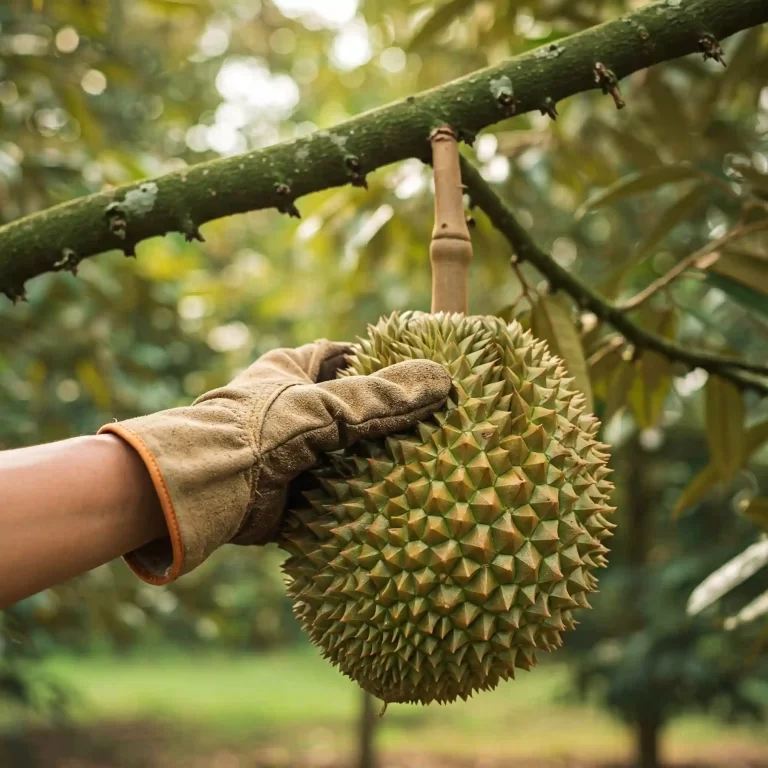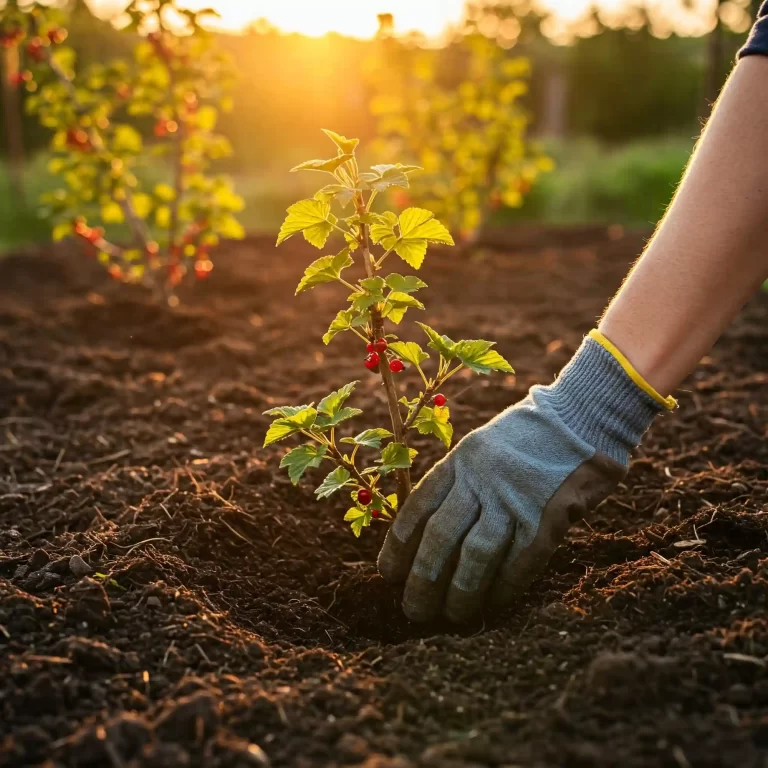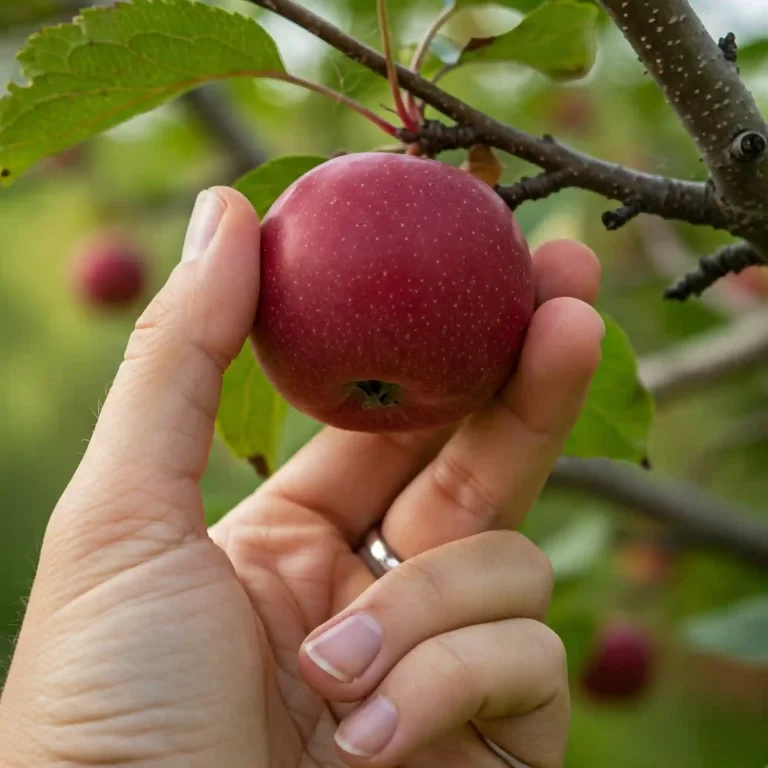Maintaining optimal conditions in a greenhouse can be challenging, especially when it comes to ventilation. Poor ventilation can lead to overheating, high humidity, and the spread of diseases, all of which can negatively impact plant growth and yield.
You might have experienced wilting plants, mold growth, or even crop failure due to inadequate airflow. These issues not only affect your plants but also your investment and hard work. It’s frustrating to see your efforts go to waste because of something as seemingly simple as ventilation.
The good news is that with the right knowledge and tools, you can significantly improve the ventilation in your greenhouse. This comprehensive guide will walk you through various methods and systems to ensure your greenhouse remains a healthy environment for your plants.
Understanding Greenhouse Ventilation
Ventilation is a critical aspect of greenhouse management. It involves the exchange of air between the inside and outside of the greenhouse to regulate temperature, humidity, and carbon dioxide levels. Proper ventilation ensures that your plants receive the optimal conditions they need to thrive.
Why Ventilation is Important
Ventilation serves several key purposes in a greenhouse:
- Temperature Control: It helps to prevent overheating by allowing hot air to escape and cooler air to enter.
- Humidity Management: Proper airflow reduces excess moisture, which can lead to mold and mildew.
- Carbon Dioxide Supply: Plants need CO2 for photosynthesis, and ventilation ensures a fresh supply.
- Disease Prevention: Good ventilation reduces the risk of fungal diseases by keeping the air dry and moving.
Basic Principles of Airflow
Understanding how air moves through your greenhouse is essential for effective ventilation. Here are some basic principles:
- Thermal Buoyancy: Warm air rises, so vents placed high in the greenhouse can help expel hot air.
- Wind Pressure: Wind can create pressure differences that drive air through the greenhouse.
- Natural Convection: Differences in temperature and density cause air to move naturally.
By leveraging these principles, you can design a ventilation system that maximizes airflow and maintains a stable environment for your plants.
Types of Greenhouse Ventilation Systems
There are two main types of greenhouse ventilation systems: passive and active. Each has its own advantages and can be used alone or in combination to achieve the best results.
Passive Ventilation
Passive ventilation relies on natural forces like wind and thermal buoyancy to move air through the greenhouse. Here are some common methods:
- Roll-up Sides: These allow fresh air to enter from the sides and are particularly useful in smaller greenhouses.
- Roof Vents: Placed at the top of the greenhouse, these vents let hot air escape, taking advantage of thermal buoyancy.
- Wall Vents: Strategically placed wall vents can optimize airflow by allowing air to enter and exit at different heights.
Active Ventilation
Active ventilation uses mechanical tools to ensure consistent air exchange. This method is more controlled and can be adjusted to meet specific needs:
- Fans: These can be used to draw in cool air and expel hot air. They are particularly effective in larger greenhouses.
- Evaporative Coolers: These devices reduce temperatures by using water evaporation, which can be very effective in hot climates.
Combining both passive and active ventilation methods often yields the best results, ensuring that your greenhouse maintains optimal conditions for plant growth.
Benefits of Proper Greenhouse Ventilation
Proper ventilation offers numerous benefits that directly impact the health and productivity of your plants. Here are some of the key advantages:
Temperature Regulation
Maintaining the right temperature is crucial for plant growth. Overheating can cause plants to wilt and reduce their ability to photosynthesize. Proper ventilation helps to:
- Prevent Overheating: By allowing hot air to escape and cooler air to enter, ventilation keeps temperatures within a safe range.
- Enhance Growth: Plants grow best within specific temperature ranges, and good ventilation helps maintain these conditions.
Humidity Control
High humidity levels can lead to several problems, including mold and mildew. Ventilation helps to:
- Reduce Excess Moisture: By promoting airflow, ventilation reduces the buildup of moisture that can lead to fungal diseases.
- Improve Plant Health: Lower humidity levels reduce the risk of diseases and improve overall plant health.
Disease Prevention
Fungal diseases thrive in warm, humid environments. Proper ventilation helps to:
- Keep Air Dry: By reducing humidity, ventilation creates an environment that is less conducive to fungal growth.
- Promote Air Circulation: Good airflow helps to disperse spores and reduce the spread of diseases.
Improved Plant Growth and Yield
Overall, proper ventilation creates a healthier environment for your plants, leading to:
- Better Growth: Plants that receive adequate ventilation are healthier and more vigorous.
- Higher Yields: Healthy plants produce more flowers and fruits, leading to higher yields.
How to Improve Ventilation in Greenhouses
Improving ventilation in your greenhouse involves a combination of design, equipment, and maintenance. Here are some practical tips to help you enhance airflow and create a better environment for your plants:
Enhancing Natural Ventilation
Natural ventilation is cost-effective and environmentally friendly. Here are some ways to improve it:
- Optimize Vent Placement: Place vents at different heights to take advantage of thermal buoyancy and wind pressure.
- Use Shading: Shading can help reduce the temperature inside the greenhouse, reducing the need for ventilation.
- Install Thermal Screens: These screens can help regulate temperature and reduce heat loss at night.
Using Mechanical Ventilation
Mechanical ventilation provides more control over the greenhouse environment. Here are some tips:
- Install Fans: Use fans to create a consistent airflow. Position them to draw in cool air and expel hot air.
- Consider Evaporative Coolers: These devices can be very effective in hot climates, reducing temperatures through water evaporation.
- Automate Ventilation: Use sensors and controllers to automate the opening and closing of vents and the operation of fans.
Regular Maintenance
Regular maintenance is essential to ensure your ventilation system works effectively. Here are some maintenance tips:
- Clean Vents and Fans: Regularly clean vents and fans to remove dust and debris that can obstruct airflow.
- Check for Damage: Inspect your ventilation system for any damage or wear and tear, and repair or replace parts as needed.
- Monitor Conditions: Use thermometers and hygrometers to monitor temperature and humidity levels, and adjust your ventilation system accordingly.
Best Ventilation Systems for Small Greenhouses
Small greenhouses have unique challenges when it comes to ventilation. Here are some of the best systems and solutions for small-scale setups:
Compact and Efficient Solutions
Small greenhouses require compact and efficient ventilation systems. Here are some recommendations:
- Roll-up Sides: These are easy to install and operate, making them ideal for small greenhouses.
- Roof Vents: Small roof vents can provide effective ventilation without taking up much space.
- Portable Fans: Small, portable fans can be moved around as needed to improve airflow.
Recommendations for Small-Scale Greenhouses
Here are some specific recommendations for small-scale greenhouses:
- Use Multiple Small Vents: Instead of one large vent, use multiple small vents to distribute airflow more evenly.
- Combine Passive and Active Ventilation: Use a combination of roll-up sides and portable fans to create a balanced ventilation system.
- Consider Automated Systems: Automated systems can help manage ventilation more effectively, especially in small greenhouses where space is limited.
Installing Roof Vents for Greenhouse Ventilation
Roof vents are an effective way to improve ventilation in your greenhouse. Here’s a step-by-step guide to installing them:
Step-by-Step Guide
- Choose the Right Vents: Select vents that are appropriate for the size and type of your greenhouse.
- Determine Placement: Decide where to place the vents for optimal airflow. Typically, vents should be placed at the highest point of the roof.
- Prepare the Roof: Clean the area where the vents will be installed and make any necessary repairs.
- Install the Vents: Follow the manufacturer’s instructions to install the vents securely.
- Test the Vents: Open and close the vents to ensure they operate smoothly and provide adequate airflow.
Benefits of Roof Vents
Roof vents offer several benefits for greenhouse ventilation:
- Effective Temperature Control: Roof vents allow hot air to escape, helping to regulate temperature.
- Improved Airflow: By placing vents at the highest point, you can take advantage of thermal buoyancy to improve airflow.
- Reduced Humidity: Roof vents help to reduce humidity levels by allowing moist air to escape.
Choosing the Right Fans for Greenhouse Ventilation
Fans are an essential component of active ventilation systems. Here’s how to choose the right fans for your greenhouse:
Types of Fans
There are several types of fans suitable for greenhouse ventilation:
- Exhaust Fans: These fans expel hot air from the greenhouse, helping to reduce temperature and humidity.
- Circulation Fans: These fans help to distribute air evenly throughout the greenhouse, preventing hot spots and improving airflow.
- Intake Fans: These fans draw in fresh air from outside, ensuring a constant supply of CO2 for your plants.
Factors to Consider
When selecting fans for your greenhouse, consider the following factors:
- Size of the Greenhouse: Choose fans that are appropriate for the size of your greenhouse. Larger greenhouses may require multiple fans.
- Climate: Consider the climate in your area. In hot climates, you may need more powerful fans or additional cooling systems.
- Energy Efficiency: Look for energy-efficient fans to reduce operating costs and minimize environmental impact.
Installation Tips
Here are some tips for installing fans in your greenhouse:
- Position Fans Strategically: Place fans to create a consistent airflow pattern. For example, position exhaust fans at the highest points to expel hot air and intake fans at lower points to draw in cool air.
- Ensure Proper Spacing: Avoid placing fans too close to plants to prevent damage from strong air currents.
- Regular Maintenance: Clean and inspect fans regularly to ensure they are operating efficiently and replace any worn-out parts.
DIY Solutions for Greenhouse Ventilation Problems
If you’re looking for cost-effective ways to improve your greenhouse ventilation, DIY solutions can be very effective. Here are some practical tips and hacks:
Simple and Cost-Effective DIY Ventilation Hacks
- Use Shade Cloth: Installing shade cloth can help reduce the temperature inside your greenhouse, decreasing the need for extensive ventilation.
- Create Ventilation Flaps: Cut flaps in the greenhouse covering that can be opened and closed as needed to allow for better airflow.
- Install a Solar-Powered Fan: Solar-powered fans are an eco-friendly and cost-effective way to improve ventilation without increasing your energy bills.
- Use Recycled Materials: Create vents or fans using recycled materials like old computer fans or plastic bottles.
Common Ventilation Issues and How to Fix Them
- Overheating: If your greenhouse is overheating, consider adding more vents or using shade cloth to reduce the temperature.
- High Humidity: To combat high humidity, increase the number of vents and use fans to improve air circulation.
- Poor Airflow: Ensure that vents and fans are not obstructed and that they are positioned to create a consistent airflow pattern.
- Inconsistent Temperatures: Use thermal screens or insulation to help maintain a more consistent temperature throughout the greenhouse.
Maintaining Humidity Levels with Greenhouse Ventilation
Maintaining the right humidity levels is crucial for plant health. Here’s how to manage humidity effectively with proper ventilation:
Importance of Humidity Control
- Prevents Disease: High humidity levels can lead to fungal diseases. Proper ventilation helps keep humidity in check.
- Promotes Healthy Growth: Plants need a certain level of humidity to thrive. Too much or too little can stress plants and hinder growth.
- Improves Air Quality: Good ventilation reduces excess moisture, improving the overall air quality inside the greenhouse.
Techniques for Maintaining Optimal Humidity Levels
- Use Hygrometers: Install hygrometers to monitor humidity levels and adjust ventilation as needed.
- Ventilation Timing: Open vents during the day when humidity levels are higher and close them at night to retain heat.
- Water Management: Avoid overwatering plants and use drip irrigation systems to reduce excess moisture.
- Dehumidifiers: In areas with high humidity, consider using dehumidifiers to help maintain optimal levels.
Tools and Equipment for Humidity Management
- Hygrometers: Essential for monitoring humidity levels accurately.
- Dehumidifiers: Useful in maintaining lower humidity levels in very humid climates.
- Thermal Screens: Help regulate temperature and humidity by reducing heat loss at night.
- Misting Systems: Can be used to increase humidity in dry climates, but should be used carefully to avoid over-humidification.
FAQs
Improving ventilation in greenhouses involves a combination of natural and mechanical methods. Use roll-up sides, roof vents, and wall vents for passive ventilation. Install fans and evaporative coolers for active ventilation. Regular maintenance and strategic placement of vents and fans are crucial for effective airflow.
For small greenhouses, compact and efficient solutions like roll-up sides, small roof vents, and portable fans are ideal. Combining passive and active ventilation methods can provide balanced airflow. Automated systems can also help manage ventilation effectively in limited spaces.
Roof vents are placed at the highest point of the greenhouse, allowing hot air to escape and improving airflow through thermal buoyancy. They help regulate temperature and reduce humidity levels, creating a healthier environment for plants.
Exhaust fans, circulation fans, and intake fans are all suitable for greenhouse ventilation. Choose fans based on the size of your greenhouse, climate conditions, and energy efficiency. Proper installation and regular maintenance are essential for optimal performance.
To maintain humidity levels, use hygrometers to monitor conditions, open vents during the day, avoid overwatering, and consider using dehumidifiers in very humid climates. Proper ventilation and water management are key to maintaining optimal humidity levels.
Conclusion
Proper ventilation is essential for maintaining a healthy and productive greenhouse environment. By understanding the principles of airflow, choosing the right ventilation systems, and implementing practical solutions, you can ensure your plants thrive. Remember to regularly maintain your ventilation equipment and monitor conditions to make necessary adjustments. With these tips and techniques, you’ll be well on your way to creating an optimal growing environment in your greenhouse.



